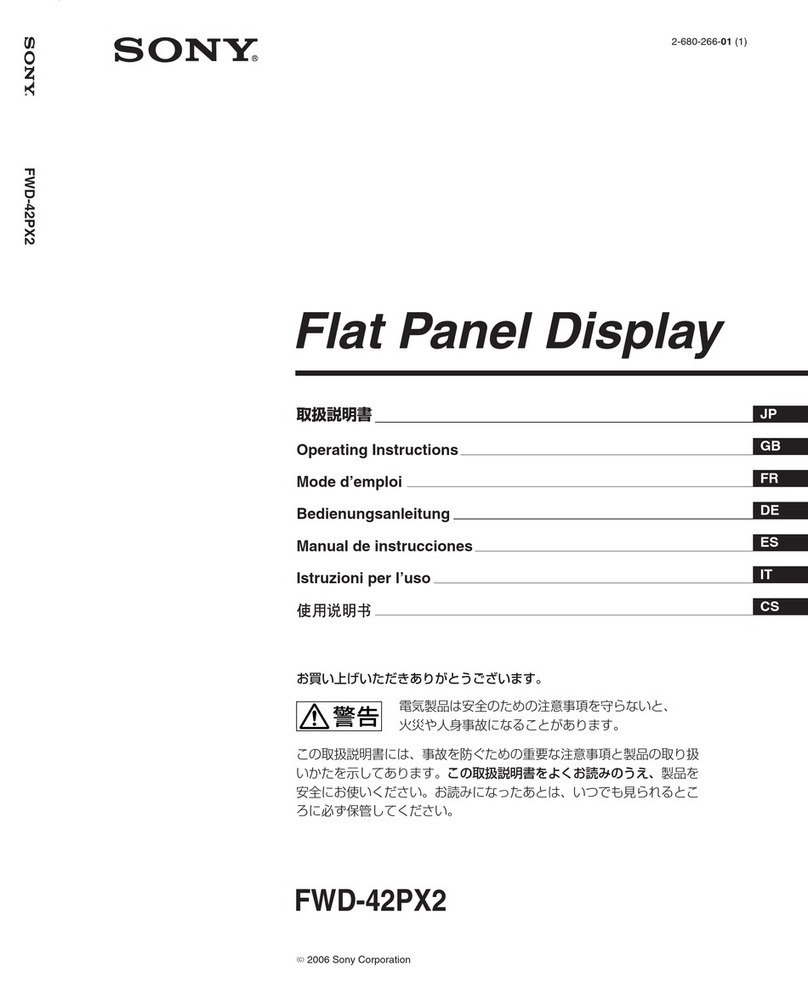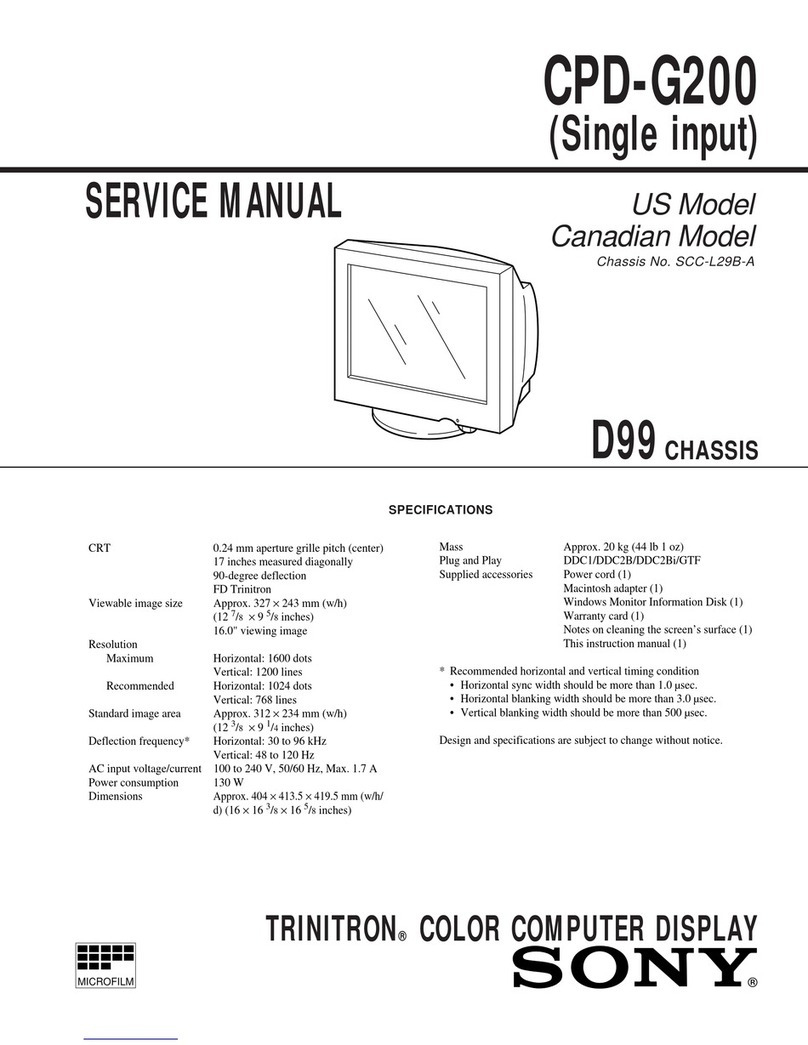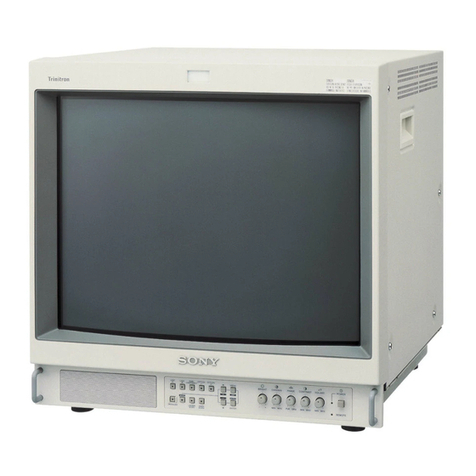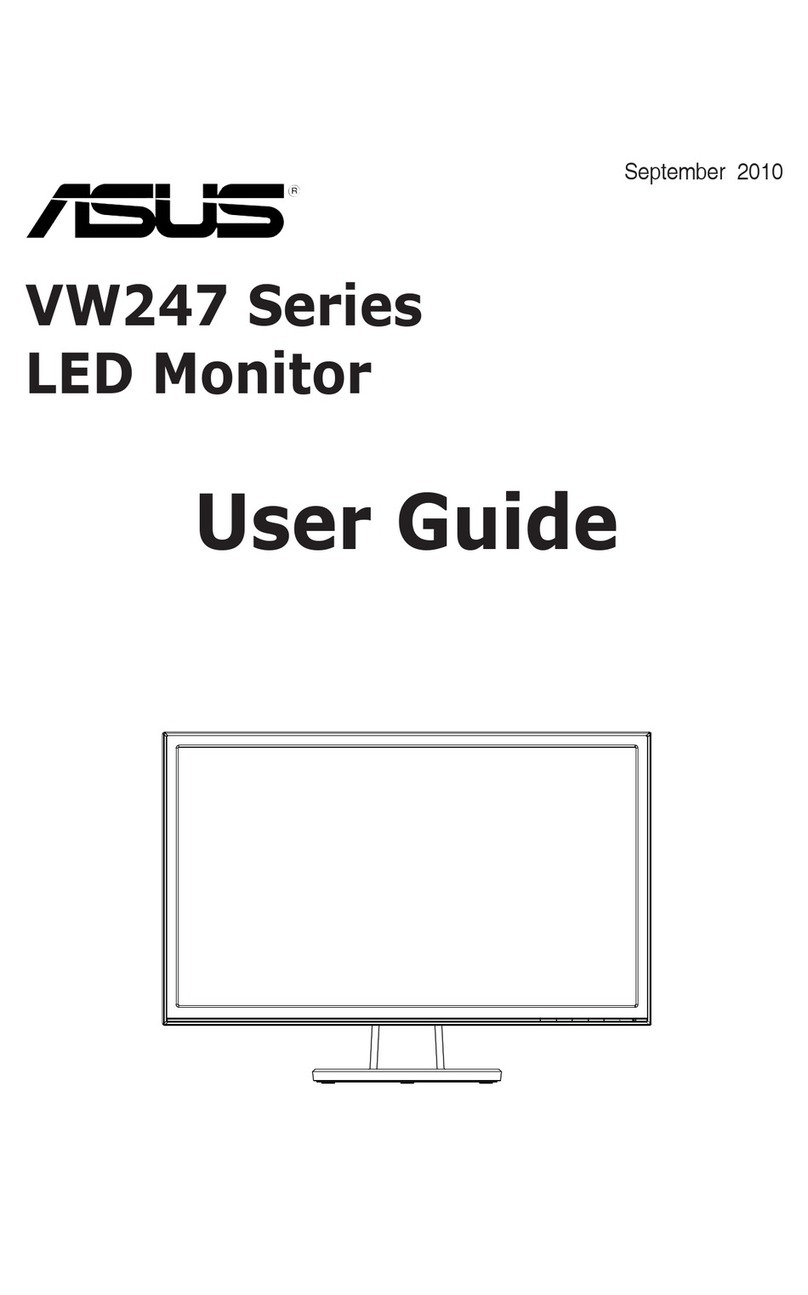Sony TRINITRON PVM-8020 User manual
Other Sony Monitor manuals
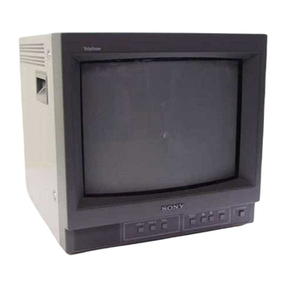
Sony
Sony Trinitron PVM-14N5A User manual
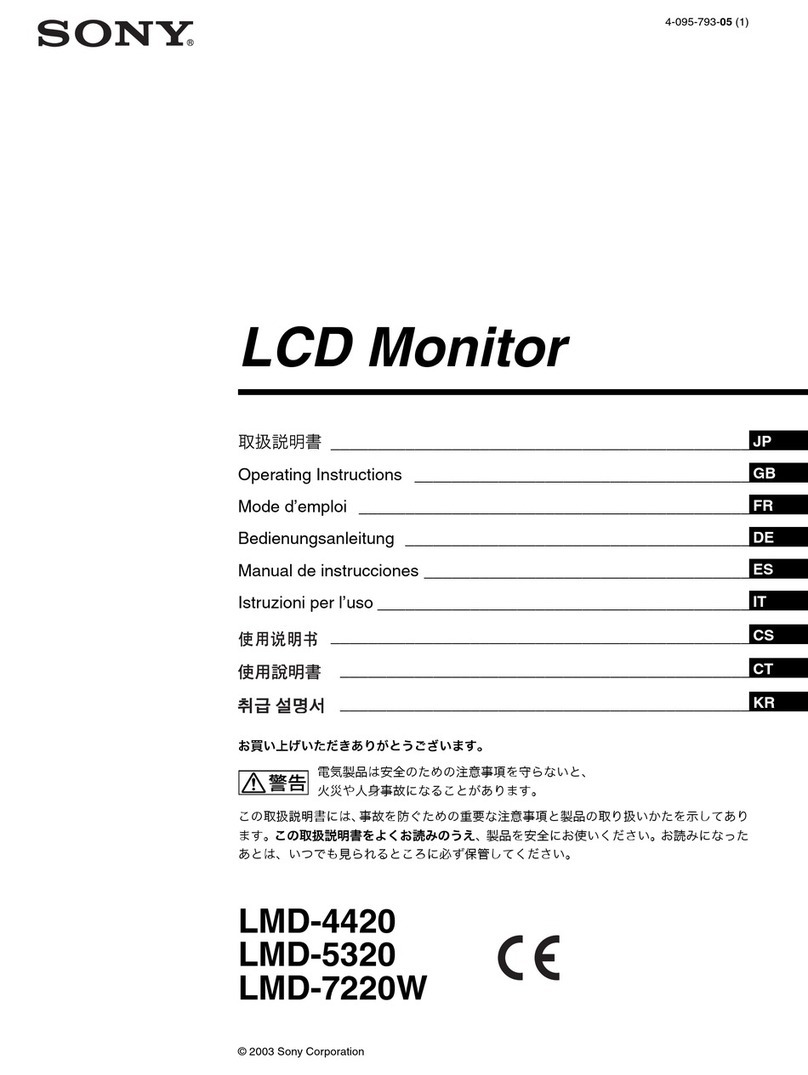
Sony
Sony LUMA LMD-4420 User manual
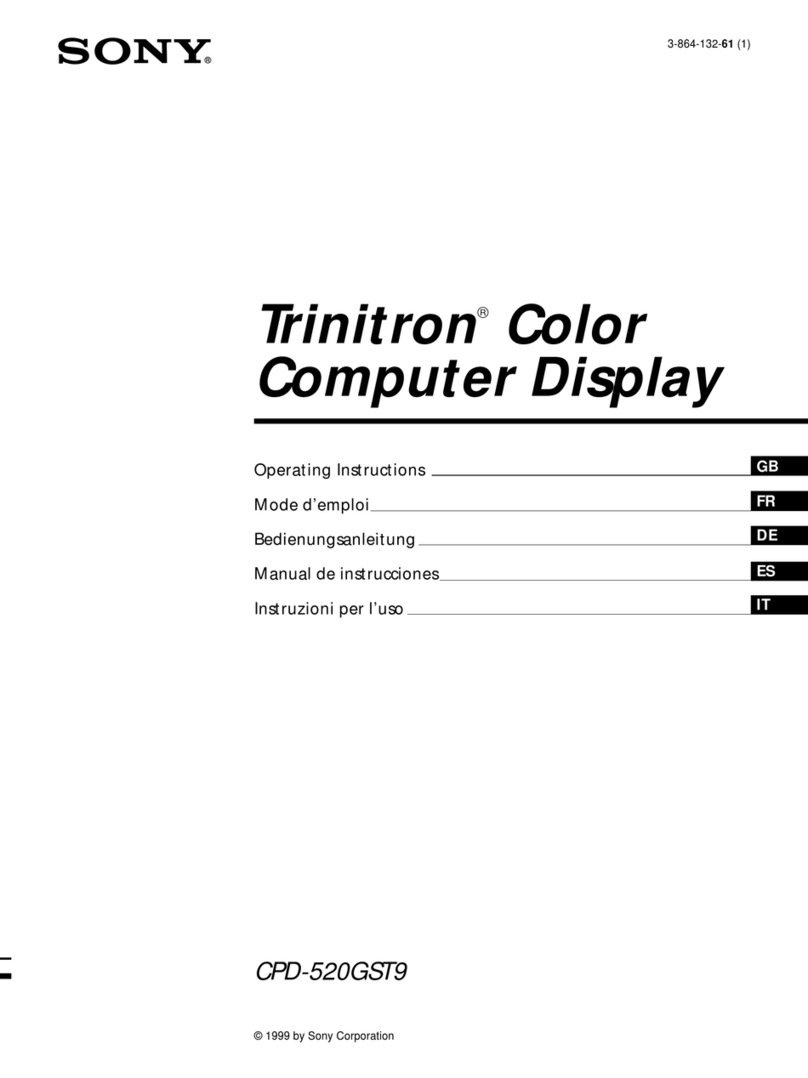
Sony
Sony CPD CPD-520GST9 User manual

Sony
Sony GXD-L65H1 User manual
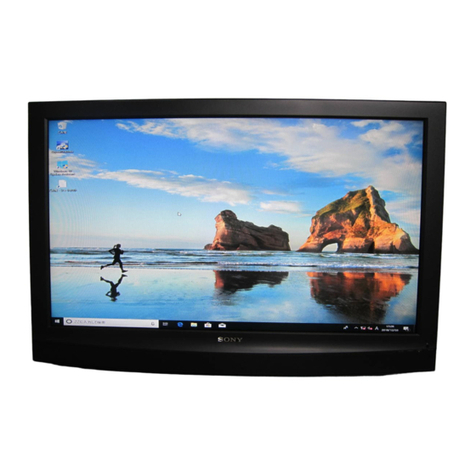
Sony
Sony KLH-40X1 User manual

Sony
Sony LMD-940W User manual

Sony
Sony XVM-R70 - Monitor User manual

Sony
Sony SDM-S205FB User manual

Sony
Sony Trinitron CPD-200ES User manual
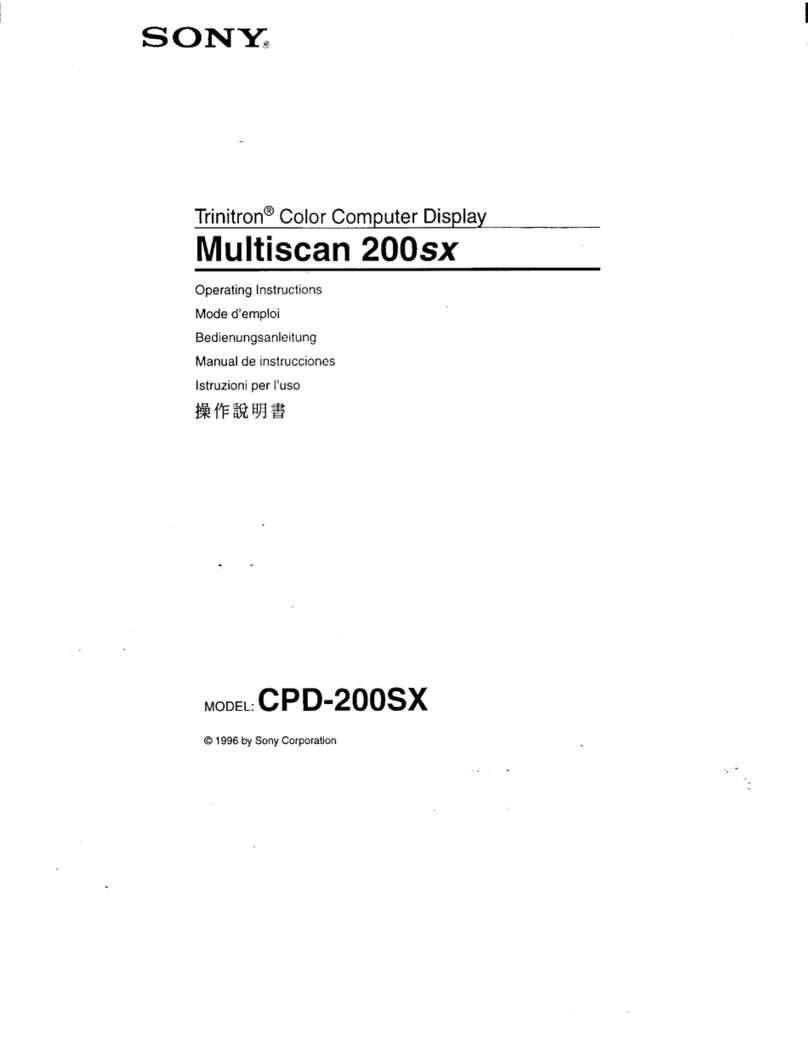
Sony
Sony Trinitron CPD-200SX User manual
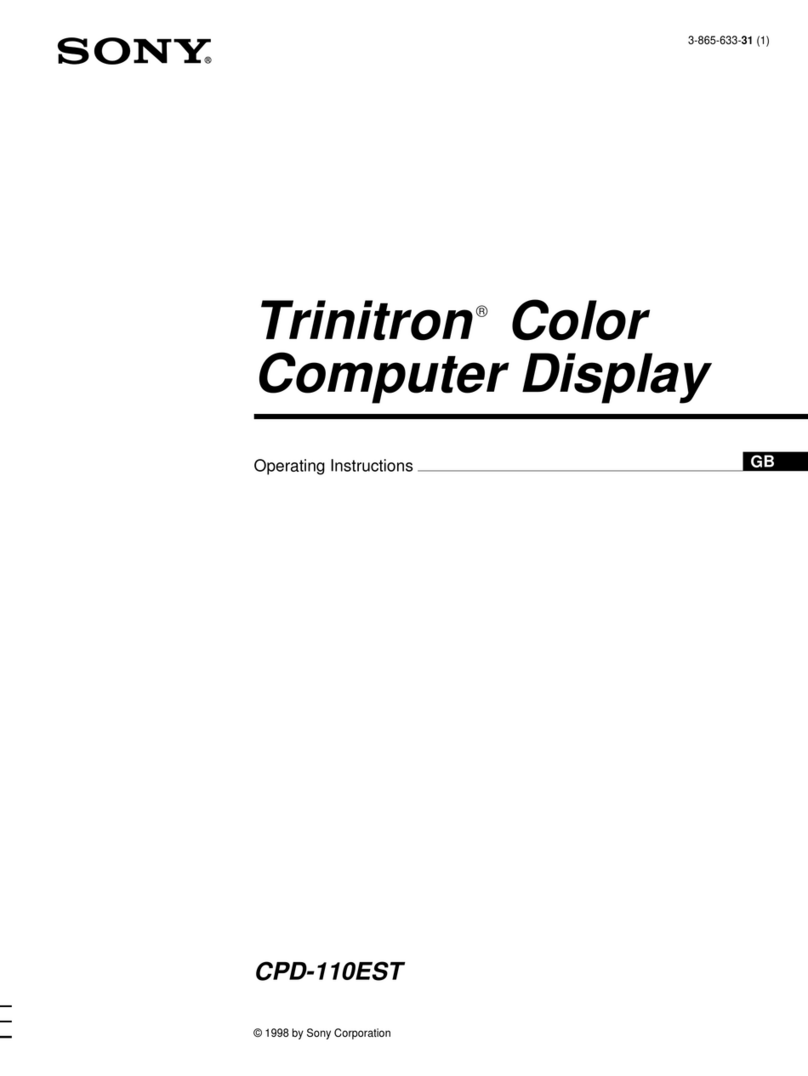
Sony
Sony CPD-110ES User manual
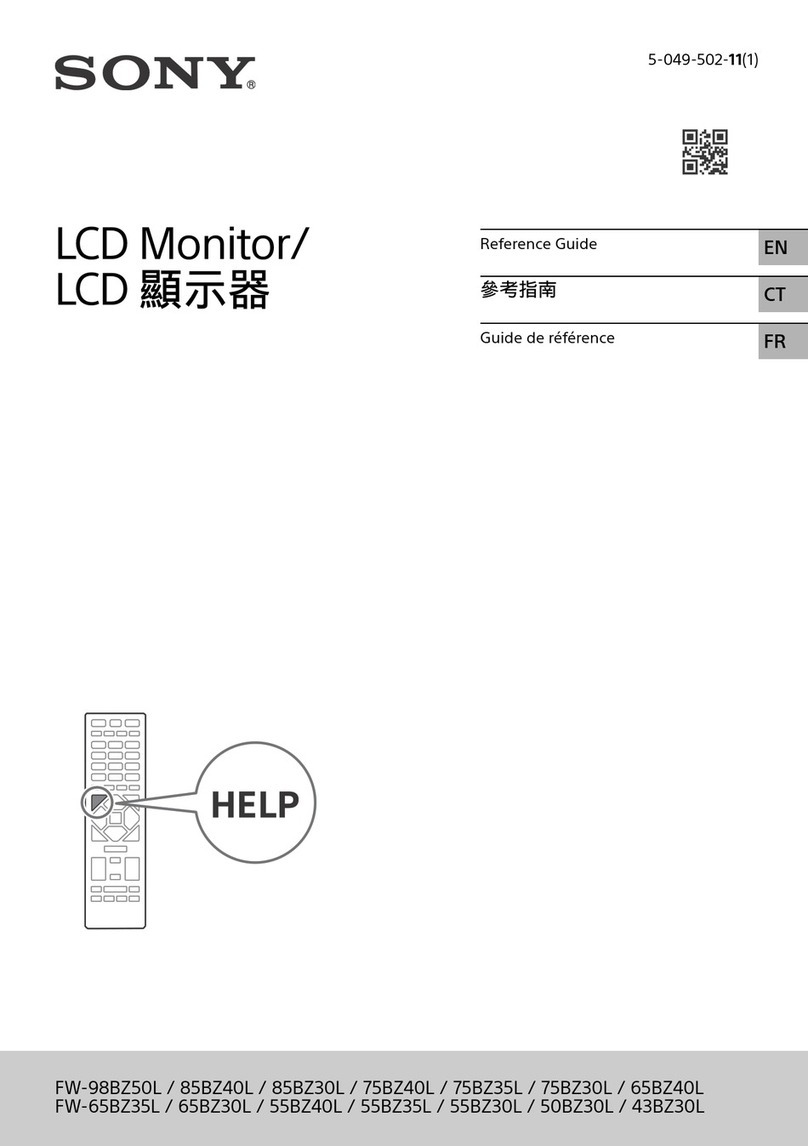
Sony
Sony FW-98BZ50L User manual
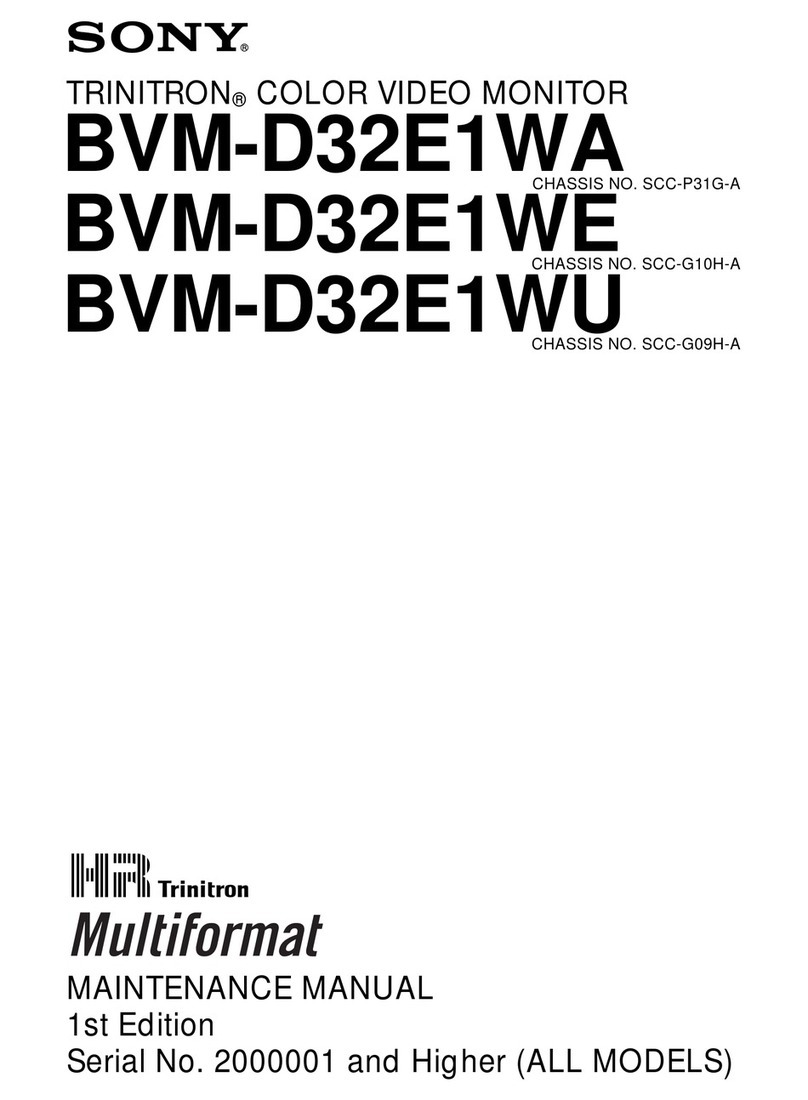
Sony
Sony Trinitron BVM-D32E1WA User manual
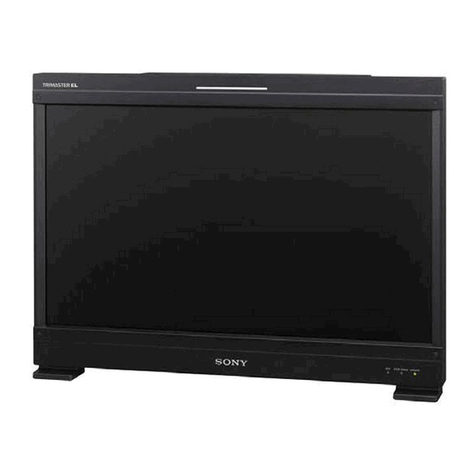
Sony
Sony BVM-F250 User manual
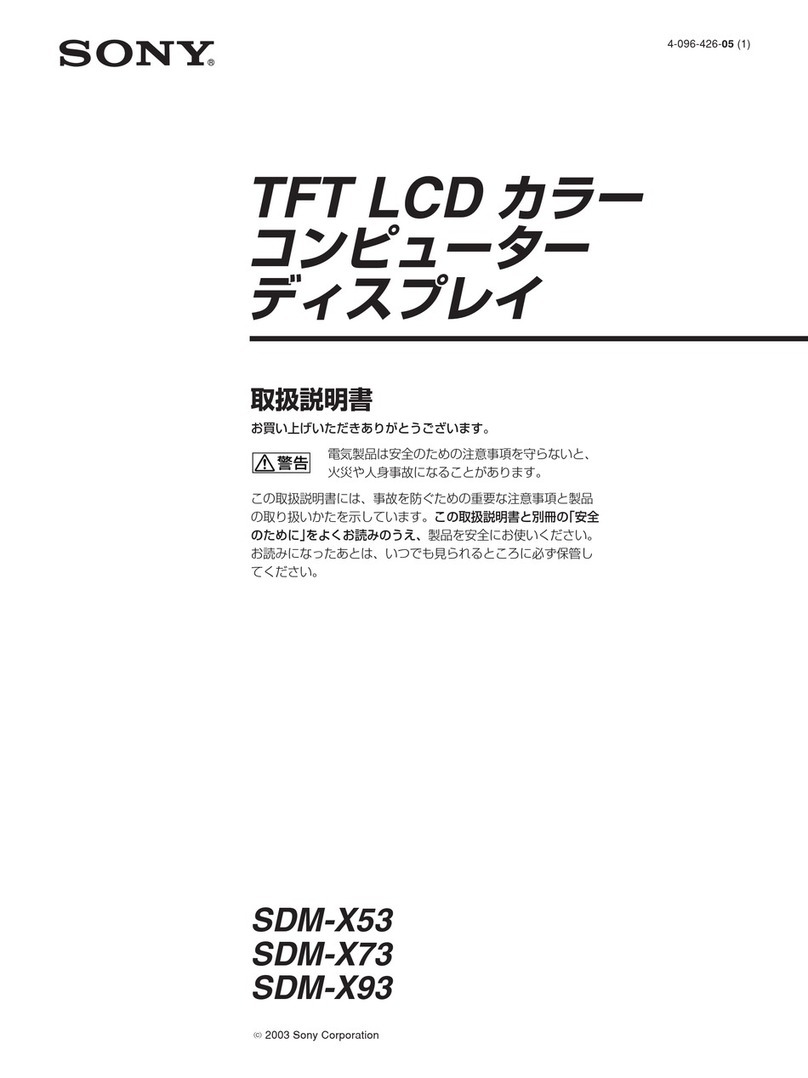
Sony
Sony SDM-X73 User manual
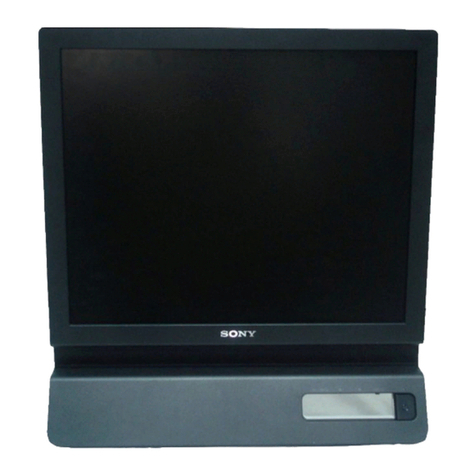
Sony
Sony SDM-E96D User manual
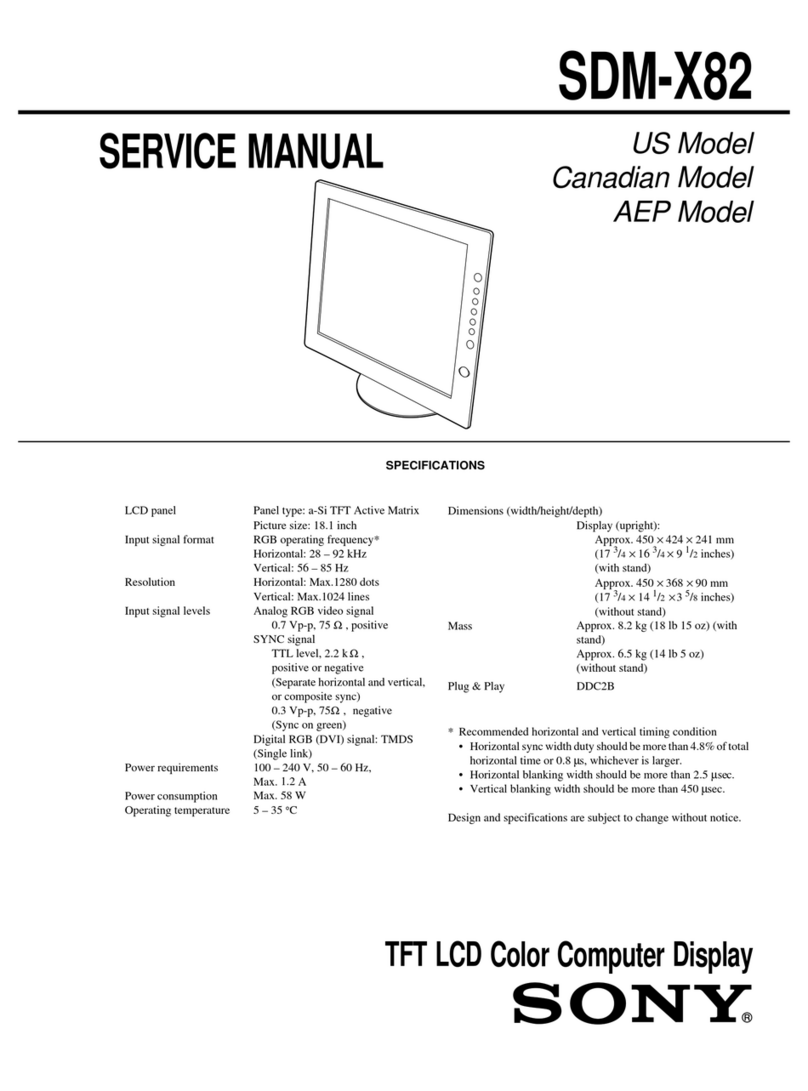
Sony
Sony SDM-X82 User manual
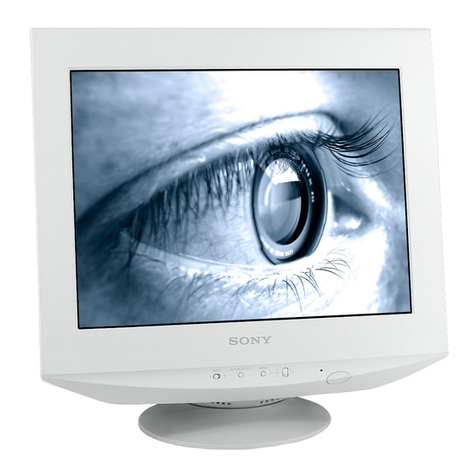
Sony
Sony FD Trinitron CPD-G500 User manual

Sony
Sony PVM-136 User manual

Sony
Sony Triniton GDM-20SHT User manual
